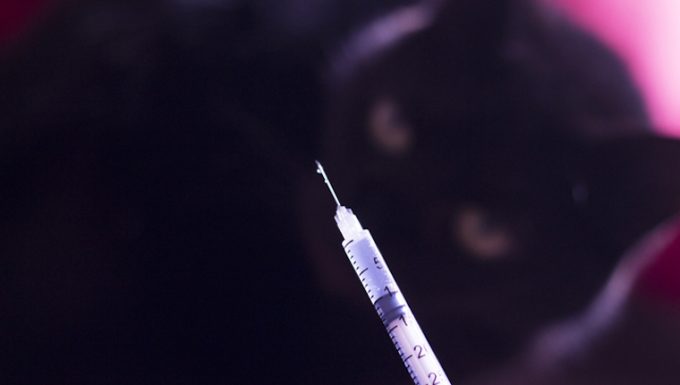Diabetes with coma in cats happens when a cat with diabetes is not treated properly or not treated at all. The situation can cause a coma.
Generally, the condition comes about if a cat has too much glucose in the blood. Additionally, a cat being given too much insulin can cause the condition.
If you see the signs of…




